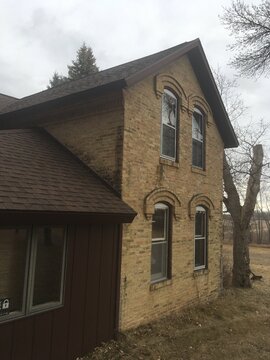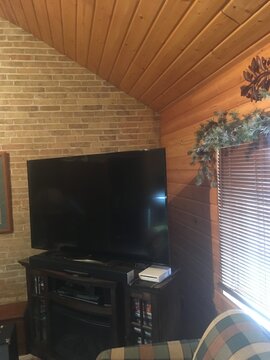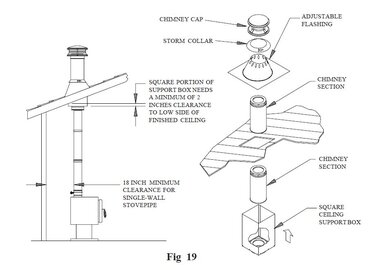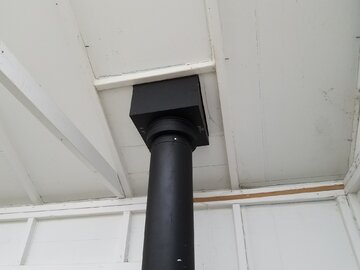This is my first time posting. We have been looking into adding a small wood stove like the Vermont Casting Aspen. The business I was talking to sent me a message regarding the install.
“The installers concern is that there won’t be a lot of attic space, so the venting will sweat. It is not a question as to if it will sweat, but when and how much. It would be an environmental issue and may damage the wood ceiling.”
My house is an older 2 story house built in 1883 with a 18x18 room addition, just ceiling with no attic, where I would want to have the wood stove. The install would go through the roof of the room addition and the chimney would extend up attached to the 2 story brick house for proper drafting.
I see other buildings/cabins that don’t have attics with a wood stove installed. Is the venting sweating a problem and what are others doing to prevent it?
Thank you for any insight that you may have.
“The installers concern is that there won’t be a lot of attic space, so the venting will sweat. It is not a question as to if it will sweat, but when and how much. It would be an environmental issue and may damage the wood ceiling.”
My house is an older 2 story house built in 1883 with a 18x18 room addition, just ceiling with no attic, where I would want to have the wood stove. The install would go through the roof of the room addition and the chimney would extend up attached to the 2 story brick house for proper drafting.
I see other buildings/cabins that don’t have attics with a wood stove installed. Is the venting sweating a problem and what are others doing to prevent it?
Thank you for any insight that you may have.






